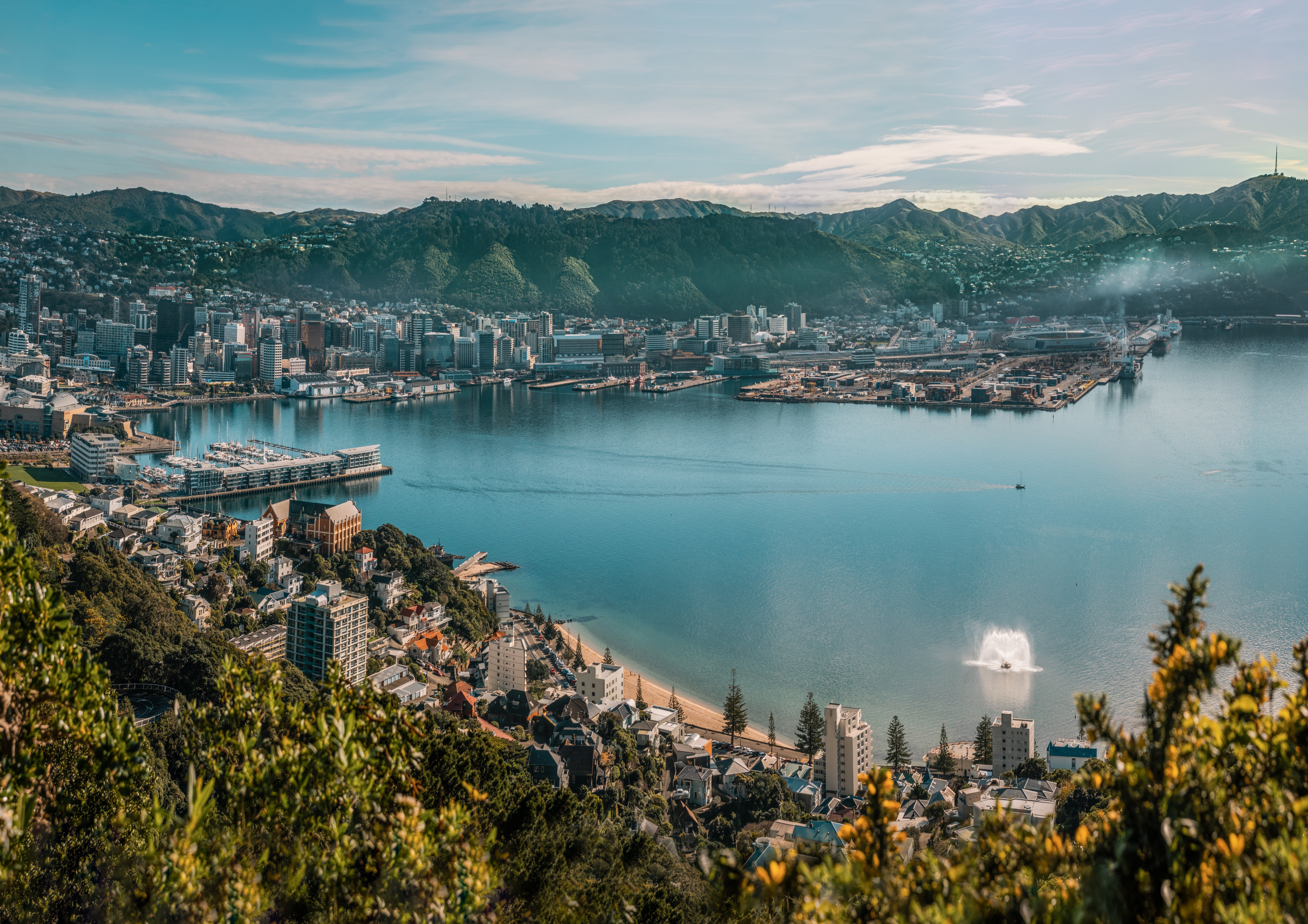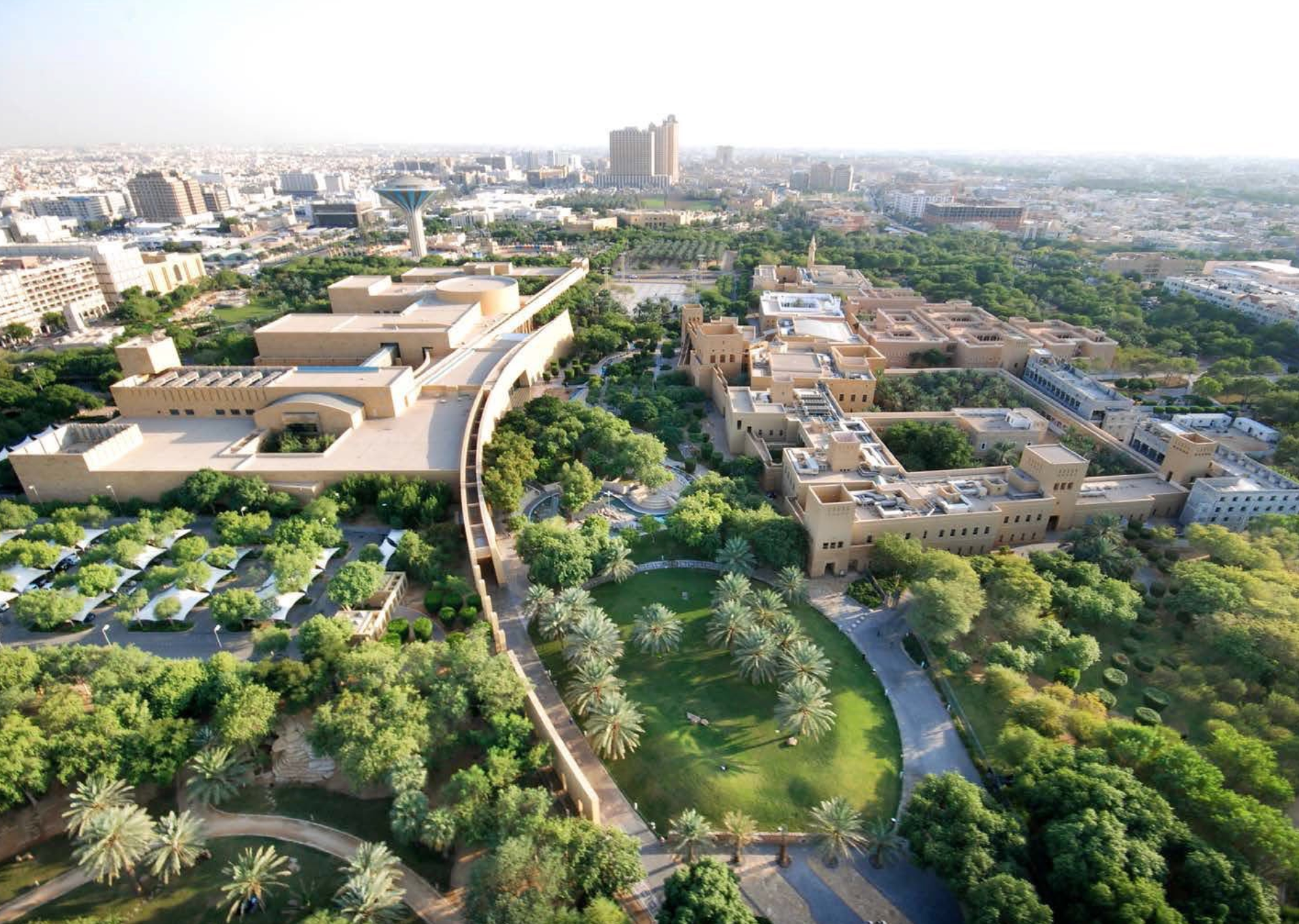How to green a city: Riyadh’s ambition to become a sustainable hub
In a world where two-thirds of humanity are urban dwellers, arguably, it is in the cities where the climate change fight will be lost or won

Cities may only take up a tiny proportion of the world’s surface, but according to a UN report they are responsible for using up to 78 per cent of the world’s energy and emitting 60 per cent of the world’s greenhouse gases.
With 68 per cent of mankind predicted to be living in urban areas by 2050, it’s clear that the battle against climate change cannot be won without a radical rethinking of the way our cities function.
On the first day of the Saudi Green Initiative, running alongside Cop27 in Egypt’s Sharm el Sheikh, Majid Allahu Gael, Saudi minister of municipal and rural affairs and housing, William McDonough, architect and CEO of McDonough Innovation and Carlo Ratti, director MIT, Senseable City Labs, came together to explore the principles and practices needed to green a city.
Working with what we’ve got
Put people first — the rest will follow. Forget best practice — innovate for the issues we have today. Make people belong to the community, not just live in them.
These are the big three themes the panel agreed upon if sustainable cities are going to be created – not just for the future, but now. Although urban planning is nothing new, today cities need to deliver much more than employment and housing. They need to deliver for the planet too, and many are not designed to do so.
But how is this achieved? For Carlos Ratti, the key is finding a way to bring nature into the artificial world of the city.
Riyadh has answered this challenge with trees. So far the city has gone from hardly any trees to 60,000, with a final target of 15 million. It is hoped that these new city residents will not only contribute to carbon capture but by providing shade and a better quality of air, also inspire residents to go out and exercise.
With the sound of birds singing audible again, the trees are just the beginning of an ambitious urban redevelopment that has already seen energy-efficient LEDs lighting up the capital’s roads, and rewiring projects saving 5.154 terrawat hours a year.

Designing for reuse
Urban agriculture and hydroponic systems that allow plants to grow soil-free, are other options discussed as a way to facilitate nature-city reunification. However, it is not enough. The panel concluded that for a city to be truly green, circularity has to be intrinsic to its design.
Recycling is an obvious place to start. Currently 100 per cent of Riyadh’s waste goes to landfill. The goal is for this to be reduced to 10 per cent by 2030. New wastewater systems will replace septic tanks, recycling water will water the city’s trees. Recycling bins will be issued to all households.
But what about buildings? The panel suggested we need to change our mindset to one of “designing for disassembly” so that instead of designing for end of life, we design for next use. In this way factories that we build today can be recycled into housing or retail when their current usability comes to an end.
Powered by people
This idea of circularity, the panel concluded, should not stop with infrastructure and commercial products, but extend to the main stakeholders at the centre of all cities: people. At the end of the day, cities are powered by people and if they don’t buy into the process of circularity, it simply cannot work.
It is here that Majid Allahu Gael suggests Saudi Arabia has a distinct advantage.
“We have almost 35 per cent of our population aged between 14-35. They have a passion to see our cities change,” he says.
Find out more about the MGI summit and SGI forum here: greeninitiatives.gov.sa
